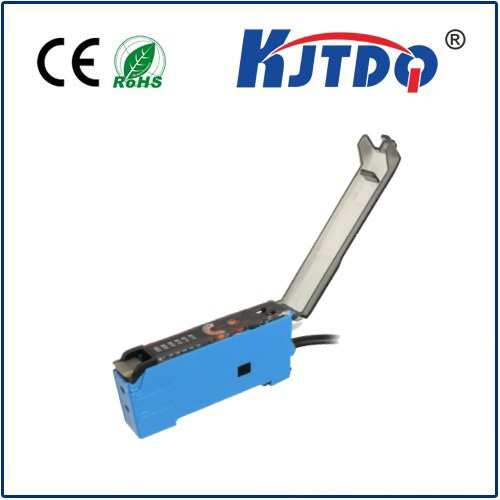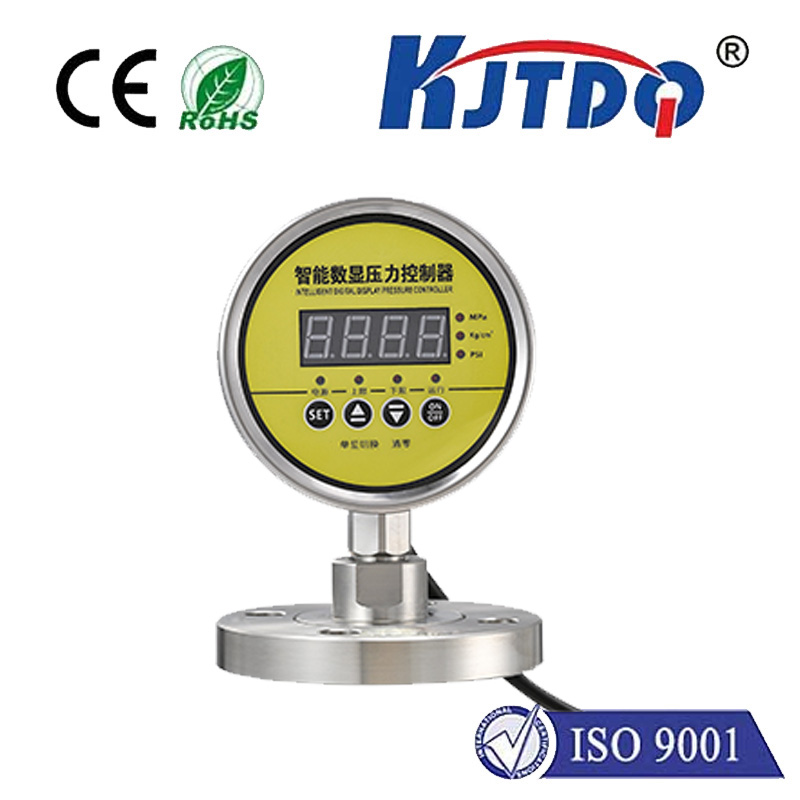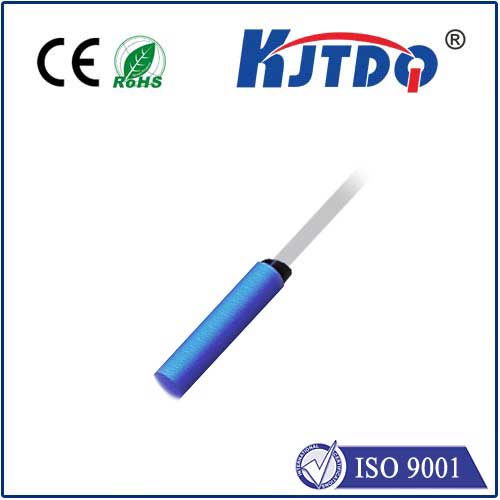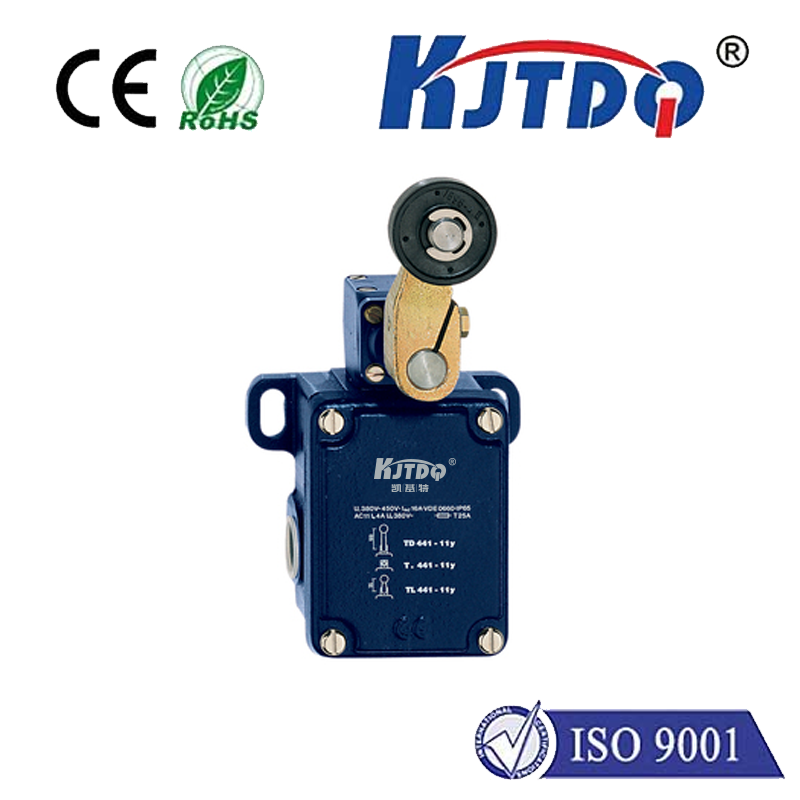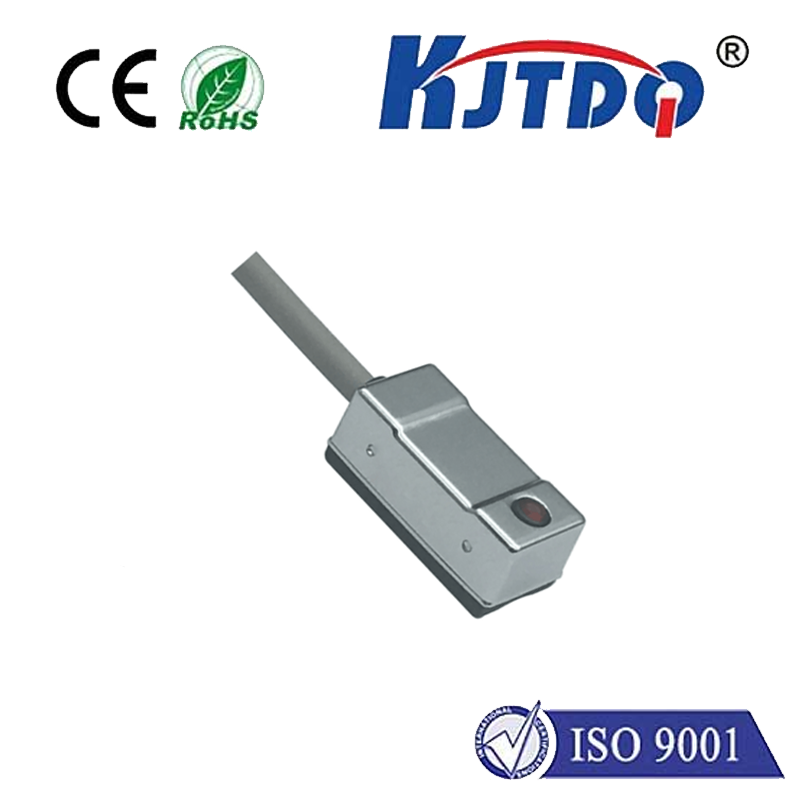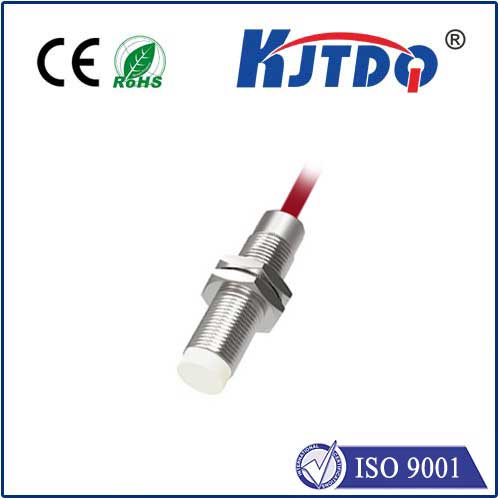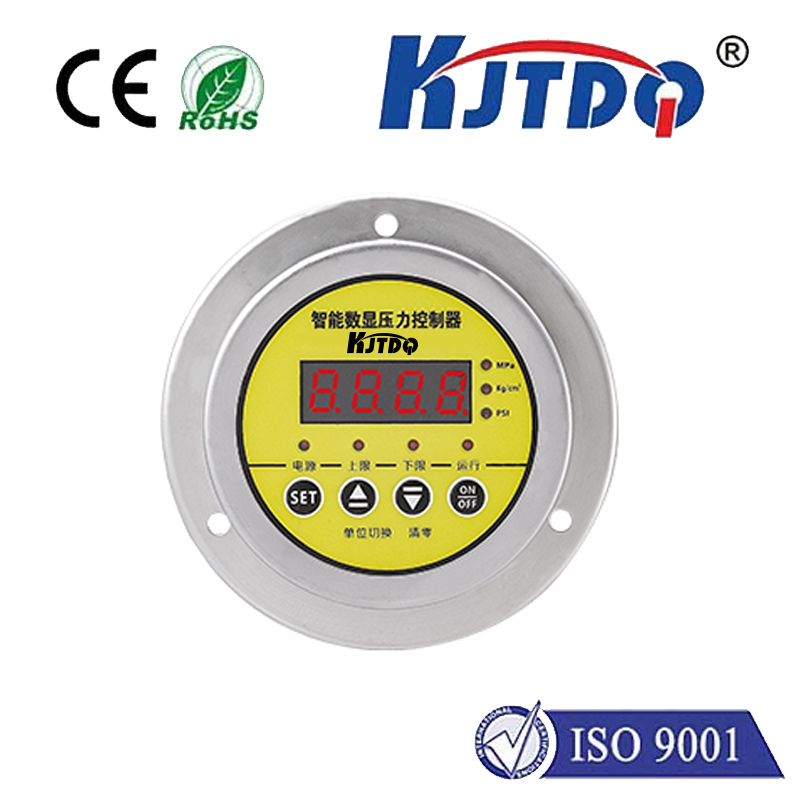Оптимальный ограничитель
- time:2025-08-04 12:47:04
- Нажмите:0
Finding the Best Limit Switch: Key Features and Top Applications
In the bustling environment of a modern factory, a robotic arm moves with precision, stopping exactly at the right point every single time. On a high-speed packaging line, guards snap shut the moment someone gets too close. These critical moments of control, safety, and repeatability often rely on a seemingly simple yet utterly vital component: the ограничительный переключатель. Understanding what makes the Оптимальный ограничитель for your specific needs is fundamental to optimizing performance, ensuring safety, and minimizing costly downtime.
So, what exactly is a ограничительный переключатель? At its core, it’s an electromechanical device designed to detect the presence or absence of an object, or to monitor movement limits. It typically consists of an actuator (like a lever, roller, or plunger) mechanically linked to a set of electrical contacts. When an object makes contact with the actuator, it physically moves, causing the internal contacts to either open or close an electrical circuit. This simple action sends a crucial signal – “something is here,” “the door is open,” “the machine has reached its endpoint” – to a control system like a Programmable Logic Controller (PLC).

The term “Оптимальный ограничитель” is inherently context-dependent. There is no single switch that reigns supreme in every possible scenario. The best choice hinges entirely on the specific demands of the application. Selecting poorly can lead to premature failure, unreliable operation, safety hazards, and production interruptions. Therefore, focusing on the key features that align with your operational environment and requirements is paramount when searching for the Оптимальный ограничитель solution.
Critical Features Defining the “Best” Limit Switch:
- Durability & Construction: This is non-negotiable for industrial settings. Look for robust housings made from materials like stainless steel or high-impact thermoplastics capable of withstanding impacts, vibration, and exposure to chemicals or cleaning agents. Quality internal components ensure longevity through millions of operational cycles. Premium materials translate directly to reduced maintenance costs and enhanced reliability.
- Environmental Protection (IP Rating): Will the switch face dust, moisture, washdowns, or oil? The Ingress Protection (IP) rating is critical. Common robust ratings include МП65 (dust-tight, protected against water jets), МП67 (dust-tight, protected against temporary immersion), and IP69K (dust-tight, protected against close-range high-pressure, high-temperature water jets). Choosing the correct IP rating is fundamental to ensuring the switch survives its operating environment.
- Actuator Type: This determines how the switch is triggered. Selecting the best actuator is crucial for reliable detection and longevity:
- Roller Lever: Ideal for detecting objects moving past the switch. The roller minimizes friction and wear. Choose long rollers for longer reach or misalignment tolerance, short rollers for compact spaces, and forked levers for detecting objects moving in both directions.
- Spring Rod (Plunger): Excellent for precise point detection where minimal movement is required to actuate. Common for door and guard monitoring.
- Wobble Stick / Flex Rod: Used for detecting light objects or bulk material levels, bending upon contact.
- Rotary Lever: Often used for position sensing on rotating equipment.
- Adjustable Lever: Provides flexibility in setting the exact actuation point.
- Electrical Ratings (Contact Configuration & Load): The switch must handle the electrical load it’s controlling.
- Contact Configuration: Normally Open (NO) contacts close when actuated. Normally Closed (NC) contacts open when actuated. Changeover (CO) contacts provide both NO and NC options in one switch. Safety applications often rely on positively driven NC contacts.
- Voltage & Current Rating: Ensure the switch contacts are rated for the circuit’s voltage (AC or DC) and the inrush and steady-state current they will be switching. Exceeding ratings leads to arcing, welding, and rapid failure.
- Precision & Repeatability: For applications demanding high accuracy, such as positioning in automated machinery, the switch must actuate at exactly the same point every cycle. High-quality mechanisms with minimal hysteresis are essential.
- Speed of Operation: Consider the speed of the object or process triggering the switch. Ensure the switch’s mechanical design and electrical response time are fast enough to reliably detect without being damaged or overshot.
- Mounting & Connection: Ease of installation and maintenance matters. Look for versatile mounting options (bracket, threaded body, flange) and convenient connection types (quick-disconnect terminals, flying leads, conduit entries, M12 connectors).
Where the “Best” Limit Switch Shines: Key Applications
Understanding these features allows you to match the Оптимальный ограничитель to its ideal role:
- Industrial Automation & Machinery: The cornerstone application. Used for end-of-travel detection on linear actuators, cylinders, and slides; position sensing on conveyors, turntables, and tool changers; confirming the presence of parts, tooling, or pallets (
part detection); and verifying the open/closed status of machine guards (safety interlocking - often requiring specially certified switches). Ruggedness, repeatability, and high cycle life are paramount here. Precision limit switches are indispensable for maintaining automated production flow.
- Перевозка материалов: Monitoring the position of cranes, hoists, lifts, and automated guided vehicles (AGVs); detecting when overhead doors are fully open or closed; ensuring containers are positioned correctly. Долговечность and resistance to shock/vibration are key.
- Packaging: Verifying case flap closure, detecting the presence or absence of containers/bottles on lines, confirming label application, and guarding hazardous zones around sealing heads. High-speed operation and resistance to dust/debris are common needs.
- Security Systems: Detecting the open/closed status of doors, windows, gates, and access panels to trigger alarms. Reliability over long periods with minimal maintenance is crucial (
door monitoring).
- Agriculture & Construction Equipment: Monitoring positions on heavy machinery like booms and buckets, detecting implement engagement, and providing safety interlocks. Extreme environmental protection (IP69K) against mud, dust, water, and chemicals is often required.
- Conveyor Systems: Signaling accumulation, jam detection, diverter arm position, and confirming package transfer points. Often needs resistance to vibration and debris.
Ultimately, the quest for the Оптимальный ограничитель is a journey of matching robust engineering and precision design to the unique challenges of your application. By prioritizing the critical features – durability, environmental sealing (IP rating), the optimal actuator, appropriate electrical ratings, and reliability – you empower your systems with a component that delivers consistent, safe, and efficient operation. Whether it’s guaranteeing a robot arm stops precisely where it should or ensuring a safety guard cannot be bypassed, choosing wisely lays the foundation for smoother workflows, enhanced safety protocols, and significant cost savings through minimized failures. Investing the time to understand these nuances ensures the ограничительный переключатель you select isn’t just a component, but a reliable partner in your operation’s success.







